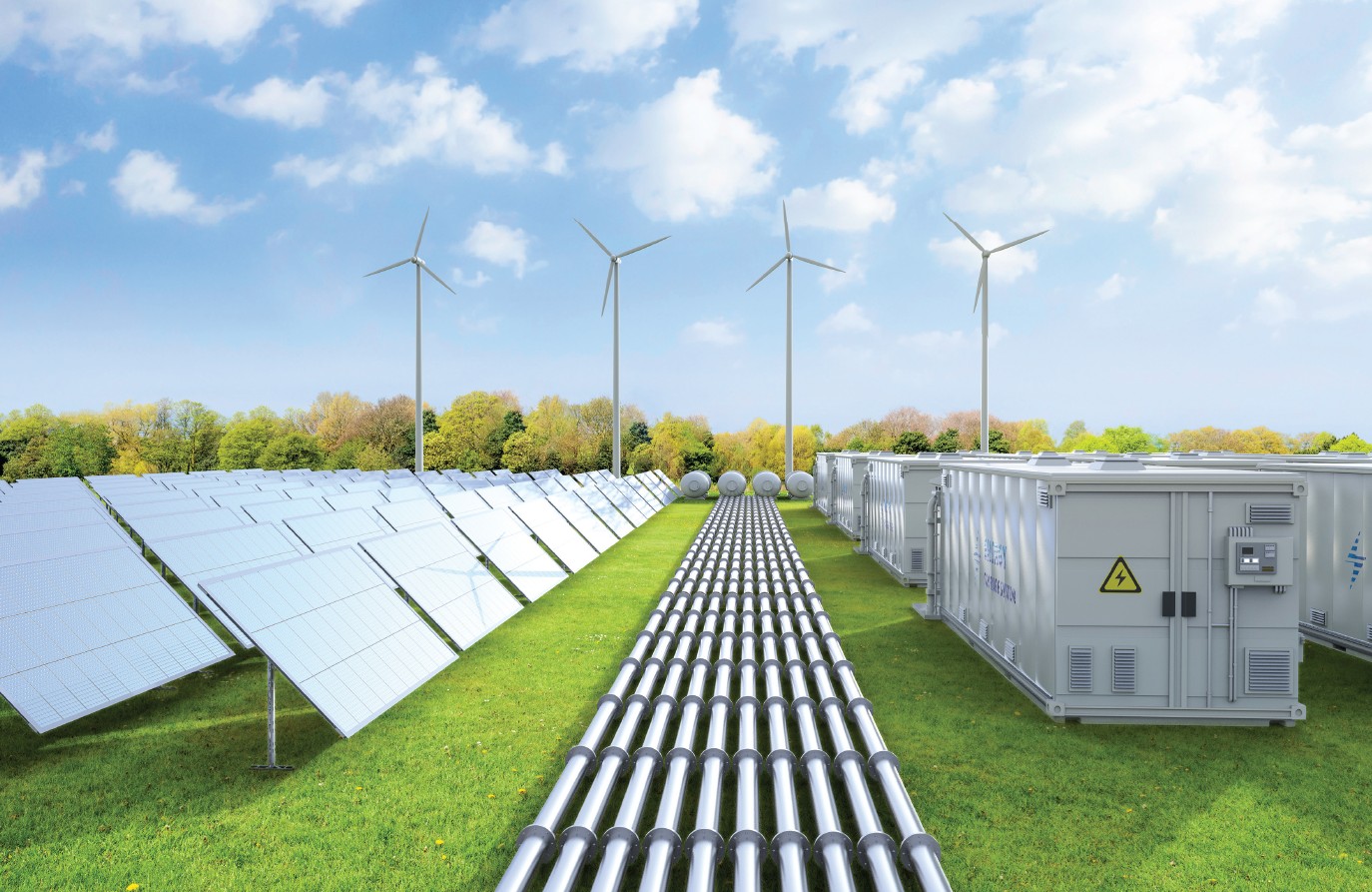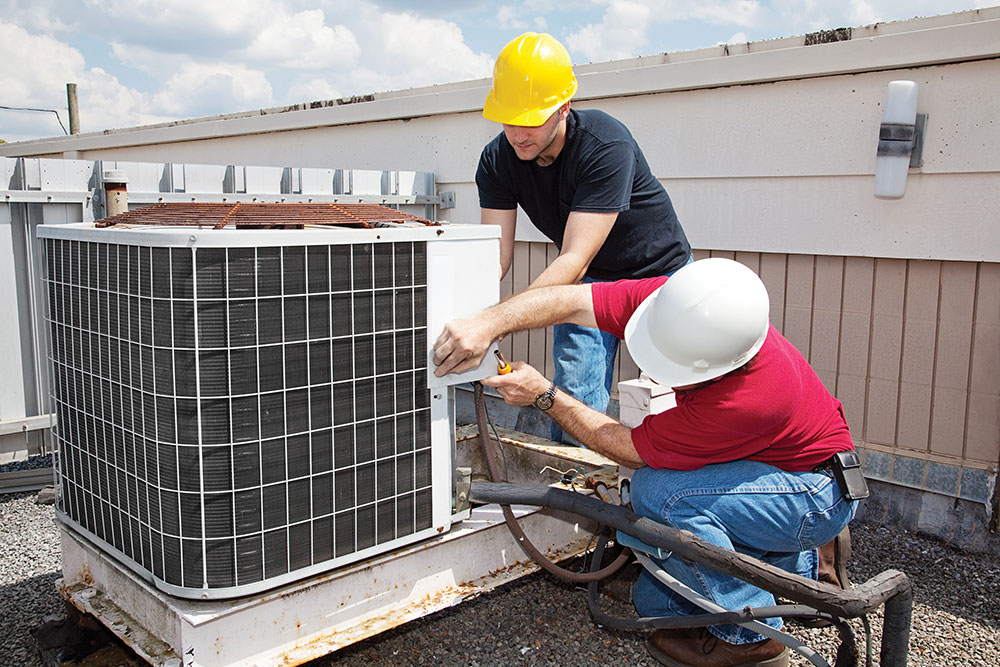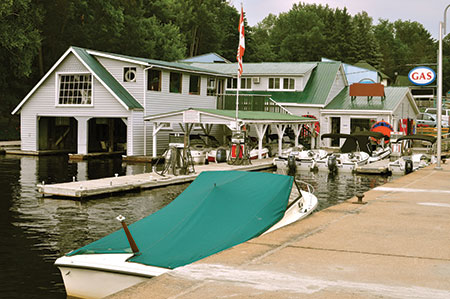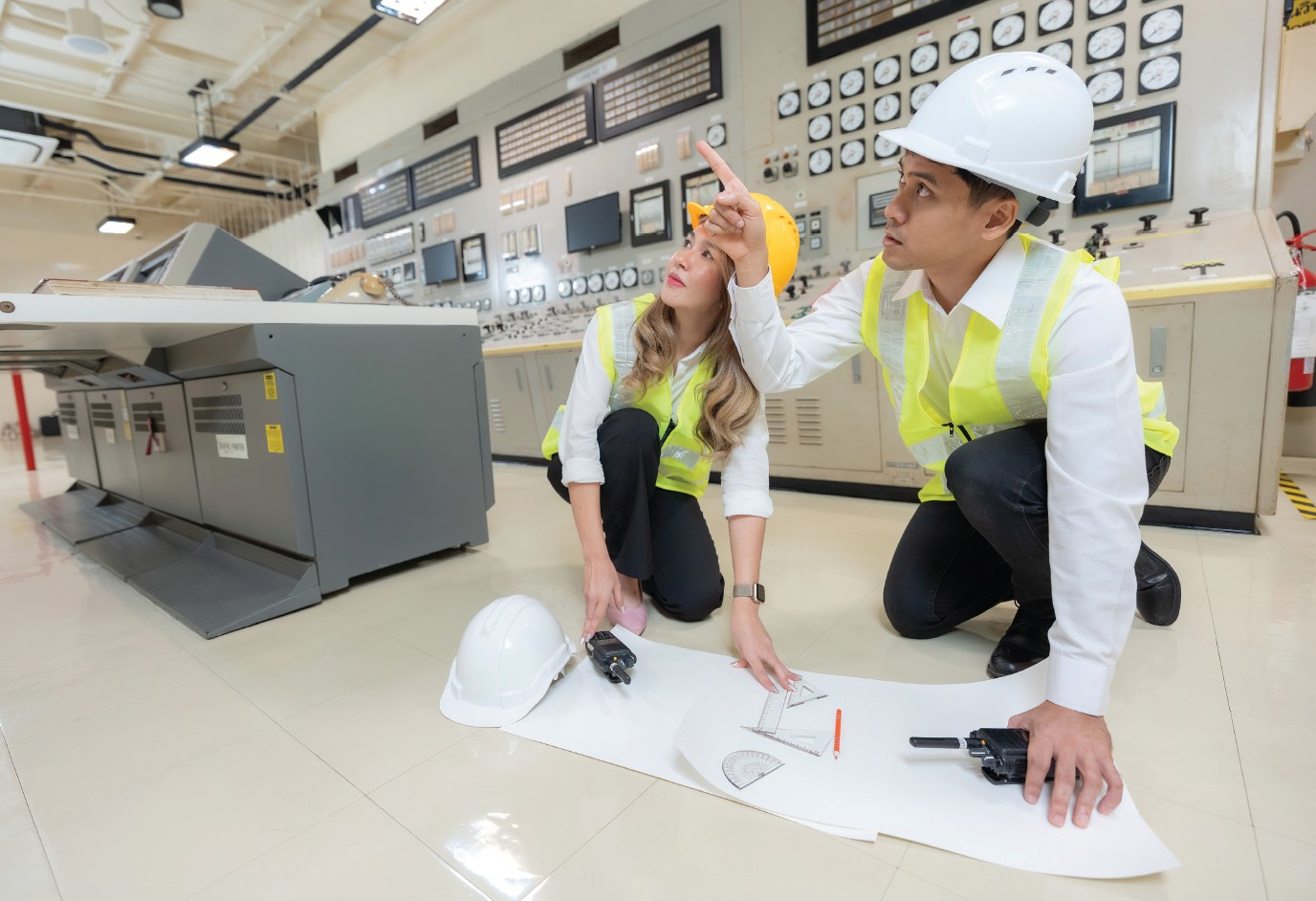ESS and Habitable Spaces
Installations of energy storage systems (ESS) are rapidly increasing across the country, especially for residential dwellings. In my dealings with plan reviews and inspections for ESS, I’m often asked by individuals if there’s any provisions of the code that would allow an energy storage system to be installed within the habitable or living spaces of a home. The focus of this article will be to try and answer that question by explaining some key requirements of codes and standards related to ESS installations within the habitable spaces of a dwelling.
National Electrical Code
Let’s begin with the National Electrical Code (NEC). When searching through the NEC, one comes to realize that the NEC itself does not get into specifics whether an ESS can be installed within habitable spaces of a dwelling. However, the NEC does require that the system must be installed per the manufacturer’s instructions and per the listing of the equipment [NEC 110.3(B)]. As for the requirement that ESS shall be listed, that can be found under NEC 706.5, but the specific standard that ESS must be listed to is not specified. The reason the specific standard is not noted in the NEC text is because of the NEC Style Manual, which requires that listing standards are to be referenced in the informative Annex A. In Annex A of the NEC, you will find that UL 9540 is noted as the standard for energy storage systems. The UL 9540 standard is also shown under informational note #2 at NEC 706.1. This author acknowledges that annexes and informational notes in the NEC are not enforceable and are for informational purposes only. But it’s important to point out that UL 9540 is indeed the standard for the listing of ESS, which is clarified in other codes published by the International Code Council, one of which is the International Residential Code (which will be explained later in this article).
UL 9540 and UL 9540A Requirements
Two documents published by Underwriter Laboratories (UL) will be discussed here. One is UL 9540, which is the UL Standard for Safety for Energy Storage Systems and Equipment. As stated before, UL 9540 is the standard for which ESS is required to be listed and labeled. The other document we’ll discuss is UL 9540A, which is the Test Method for Evaluating Thermal Runaway Fire Propagation in Battery Energy Storage Systems. UL 9540A includes testing provisions for determining if a battery technology has the capability to go into thermal runaway and, if so, what fire and explosion hazards are associated with the energy storage system during a thermal runaway event. It should be noted here that the thermal runaway testing of UL 9540A is often referred to as “large-scale fire testing” per the International Fire Code and International Residential Code, published by the International Code Council.
When it comes to where an ESS can be installed in a residential dwelling, the UL 9540 Standard has some key requirements that apply. UL 9540, Section 23.2.2 of Edition #2, requires that electrochemical ESS that is intended for use in the living or habitable space of a residential dwelling is required to meet the performance requirements of the Cell Level Test of UL 9540A and be marked per UL 9540 Section 41.3(n). In the UL 9540 Standard (again, Edition #2), under Section 41.3(n) it’s noted that systems complying with Section 23.3.3 must be marked “Suitable For Use in Residential Dwelling Units Where Permitted.”
This particular wording has been shown to be confusing for authorities having jurisdiction (AHJs) who sometimes misinterpret the requirement, meaning that the only way an ESS could be installed at a residential dwelling would be if the system had the marking with that specific wording. However, it was never intended for the “Suitable For Use in Residential Dwelling Units Where Permitted” marking to be required in order for an ESS to be installed anywhere at a residence; it was only intended to be required when an ESS would be installed in the habitable or living space of a dwelling. In Edition #3 of UL 9540, the requirement for marking [moved to Section 45.3(e)] was updated for clarity to specify “Suitable for Use In Residential Habitable Spaces.” Again, this marking would indicate that the system has been able to meet the performance Cell Level Test requirements of UL 9540A [see also Section 26.2.2 of Edition #3 of UL 9540].
It must also be pointed out that just because UL 9540A may be indicated or shown on a manufacturer specification sheet, that does not mean that the Cell Level Test provisions of UL 9540A have been met. In most cases, if UL 9540A is shown on manufacturer specification sheets, it usually means that the system has met the performance requirements of the Unit Level Test, not the Cell Level Test. It’s beneficial for a system to be able to meet the Unit Level Test provisions of UL 9540A, but unless the system has met the Cell Level Test provisions, the system is not allowed to be installed in the habitable or living space of a dwelling.
International Residential Code (IRC)
In the 2018 edition of the International Residential Code (IRC), published by the International Code Council, Section R327.2 requires that “stationary storage battery systems” be listed and labeled in accordance with UL 9540. As discussed already in this article, UL 9540 has provisions that potentially allow ESS to be in a habitable dwelling space if certain requirements are met. But Section R327.3 of the 2018 IRC clearly specifies that ESS shall not be installed within the habitable space of a dwelling and does not give any alternatives otherwise.
Now, jumping to the 2021 edition of the IRC, for equipment listing, Section R328.2 requires that ESS be listed and labeled in accordance with UL 9540. Section R328.4 also lists locations where ESS is permitted at a dwelling. The first allowable locations noted are detached garages and accessory structures. The second is the attached garages, which are properly separated from the living space of the home with gypsum wallboard meeting the requirements of R302.6. Third is the exterior location of the walls of the home, where the ESS is located not less than three feet from doors or windows that open directly into the dwelling. And lastly, noted as potentially acceptable locations for ESS are enclosed utility closets, basements, and storage or utility spaces – as long as such spaces meet certain requirements for wall and ceiling coverings and such room or space does not open directly into a bedroom. So, there are options for where an ESS can be installed at a dwelling other than habitable spaces. However, out of the areas listed under Section R328.4, of particular interest, and often a point of confusion, is the word “basements.” At a quick glance, it may seem acceptable to install an ESS within the basement of a dwelling. However, it’s important to remember that the requirements of UL 9540 must still be met for the system. Once again, unless an ESS has been tested having met the Cell Level Testing criteria of UL 9540A and is marked “Suitable for Use In Residential Habitable Spaces,” the system is not permitted to be installed within living or habitable space, even if the space is a basement.
Conclusion and Word of Caution
At the time of writing this article, and to this author’s knowledge, no energy storage systems that have been tested thus far have been able to meet the performance Cell Level Test requirements of UL 9540A, even though this author has come across a couple of ESS manufacturers who have tried to claim their systems meet the Cell Level Testing criteria. What this means is there does not appear to be any ESS currently on the market that is allowed to be installed in the habitable or living space of a dwelling, even if a manufacturer claims otherwise. If an AHJ happens to come across a system where the manufacturer is claiming their system can be located in the habitable space of a dwelling, it’s strongly recommended that the AHJ ask the manufacturer for the actual Cell-Level Testing report (produced by the laboratory which performed the UL 9540A testing) to verify if the system really has been able to meet the Cell-Level Test provision of UL 9540A.











Find Us on Socials